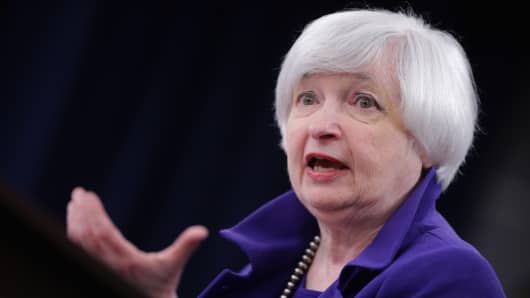The U.S. Federal Reserve has raised its benchmark interest rate for the first time in almost a decade. The 25 basis point hike, a unanimous decision by members of the Federal Open Market Committee (FOMC), ends the longest US interest rate trough in modern history, with 84 months of near-zero official rates.
But while the decision marks a significant milestone in the U.S. recovery from the 2008 financial crisis, we believe the timing of the move is less important than the pace of subsequent rate rises. This initial tightening of a still expansionary U.S. monetary policy also comes at a time when counterparts like the European Central Bank are continuing to ease. We remain positive on the outlook for riskier assets, with the euro zone and Japanese equity markets offering the best potential returns.






